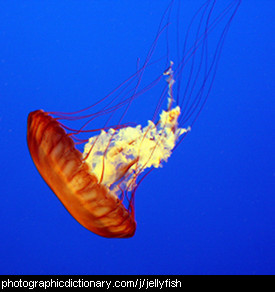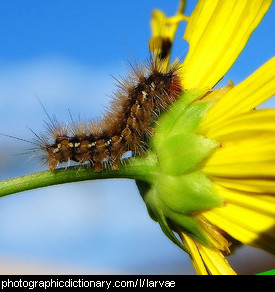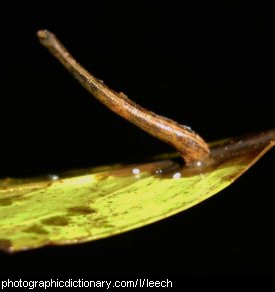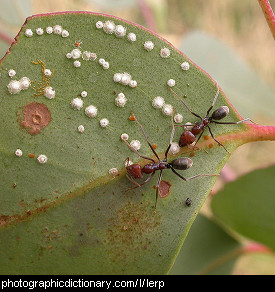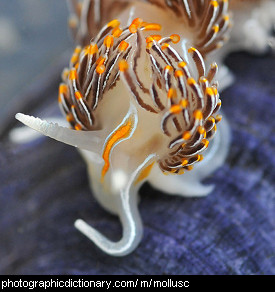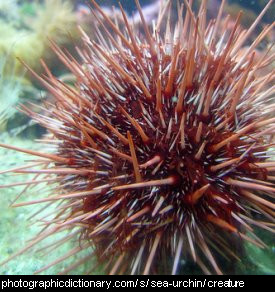Video: view
Jellyfish are found in every part of the sea, from the warm water at the surface to the cold, dark depths of the ocean. Jellyfish eat tiny sea creatures that drift into their tentacles.
Jellyfish come in almost every colour of the rainbow and range in size from smaller than your fingernail to having tentacles that are many metres long.
Some jellyfish are poisonous and their sting can kill a person. It is best to avoid touching a jellyfish if you don't know what sort it is.
Some insects go through stages in their life, and the early stage is the larval stage. Larvae of creatures like butterflies tend to be crawling things with no wings that spend all their time eating and growing. When they are big enough, they change into flying insects.
Many different creatures have a larval stage that is so different to the adult form that you would never know they were the same creature unless you saw it change.
Scientific name: phylum: annelida, subclass: hirudinea
Leeches are in the same family as earthworms. Not all leeches are bloodsuckers, but the ones people are most familiar with are. They grow to around 2-5cm long but some species reach 30cm. Leeches live in damp, swampy areas.
Leeches have adapted one end of them into a sucker, so they can attach to a host. They inject anaesthetic in as they bite, so the host cannot feel them, and then an anti-clotting agent so the host's blood flows freely. Leeches stay stuck to their host until they are full, then they drop off.
A lerp is a protective cover made by the larvae of some kinds of insects. Lerps are made from sugary liquid that the larvae make. Once it is dry, it is hard and crystalline.
Scientific name: phylum: mollusca
Sis forSea Sponge
Scientific name: phylum: porifera
A sponge is an animal that lives in the sea whose body is made up of lots of holes. Most sea sponges have hard skeletons, and the holes are for filtering food out of the water and so they can breathe.
Some species of sponge have soft skeletons and people used to catch them to use them for cleaning and packaging, but there are now almost none left. Today, sponges found around the house are made by people, and are not animals caught in the sea.
Sis forSea urchin (creature)
Scientific name: class: echinoidea
Sea urchins are a small, round, spiny creature related to the starfish. They move very slowly on hundreds of small tentacle-like legs that use suction to stick to rocks. Their mouth is at the bottom of the sea urchin, and they eat algae as they move around.
Different kinds of sea urchin have different colours and different lengths of spines. The spines are hinged and can move around. Sea urchin shells don't have spines and look very different to a live sea urchin.
Scientific name: class: asteroidea
The starfish, or sea star, is not a fish - starfish have no skeleton. They are related to sea urchins. As they have no skeleton and hence no legs, they don't move around by walking. They move by pumping water around through tubes on the base of their arms. Not all starfish have five arms, some have more.
Starfish eat sea creatures with shells that move slower than it does. Starfish have two stomachs, and one of them can be put outside the starfish's body. So they eat clams and other shellfish by forcing them open and putting their stomach inside the clam's shell.
Some starfish can regrow arms if they are cut off. Some starfish can grow from the cut-off arm as long as some of the central portion of the starfish is still attached.
Starfish send their eggs out to drift into the open sea where they hatch into small swimming larva. When the larva are old enough, they sink to the bottom of the sea and turn into adult starfish.






